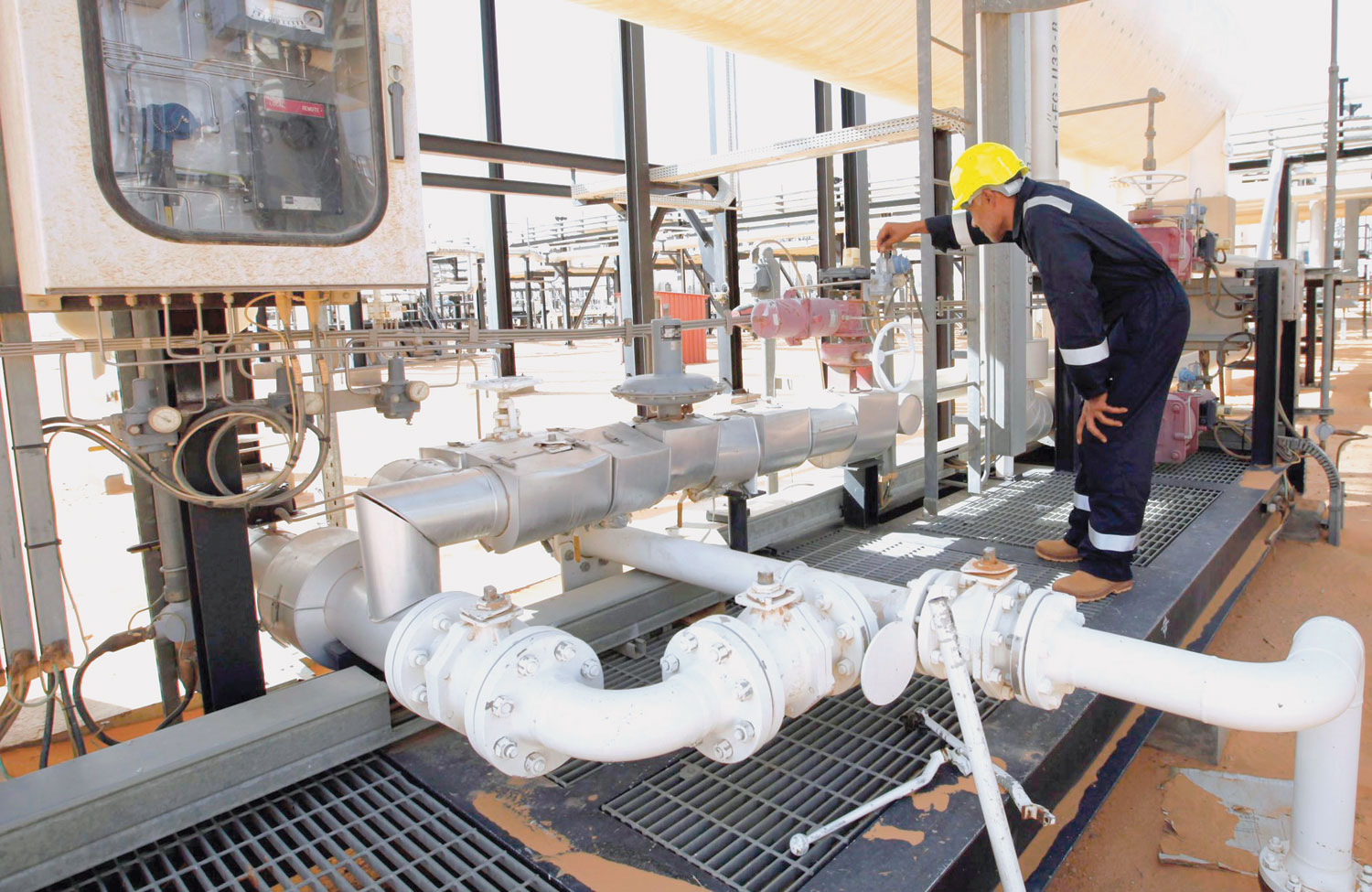

LONDON: Oil prices rose on Tuesday after Libya declared force majeure on some of its crude exports, while the loss of Canadian supplies helped lifted US crude to levels not seen since late 2014.
US light crude jumped 90 cents, or 1.2 per cent, to $74.84 a barrel, its highest since November 2014, before easing back to $74.59, up 65 cents, by 0810 GMT.
Benchmark Brent crude oil was up 45 cents at $77.75.
Production at Syncrude Canada’s 360,000 barrels per day (bpd) oil sands facility near Fort McMurray, Alberta, was hit by a power outage last month and is likely to remain offline through July, helping drain US inventories.
A survey estimated US crude oil stockpiles fell for a fourth consecutive week, by about 3.3 million barrels, in the week ended June 29.
Stocks of gasoline and middle distillates such as heating oil and diesel fuel also drew, the survey showed.
Libya’s National Oil Corp (NOC) declared force majeure on loadings from Zueitina and Hariga ports on Monday, resulting in 850,000 bpd of supplies being disrupted.
“Oil bulls seem to have returned after Libya suspended oil exports from two key ports,” said Hussein Sayed, chief market strategist at futures brokerage FXTM.
“If Libya’s oil doesn’t return fast to the market it will be an important test to Opec’s spare capacity, especially given that output from Venezuela and Iran is expected to fall significantly in the next couple of months,” he added.
The Organization of the Petroleum Exporting Countries pumped 32.32 million bpd in June, a survey showed, up 320,000 bpd from May.
The June total is the highest since January 2018.
The UAE’s Abu Dhabi National Oil Co (ADNOC) said on Tuesday it could increase production by several hundred thousand barrels per day if needed.
Oil prices have been buoyed by tightening supplies this year but there are signs demand may now be easing. — Reuters
Oman Observer is now on the WhatsApp channel. Click here



